
New releases
A smarter, simpler Attentive
Explore new features →
Explore new features →
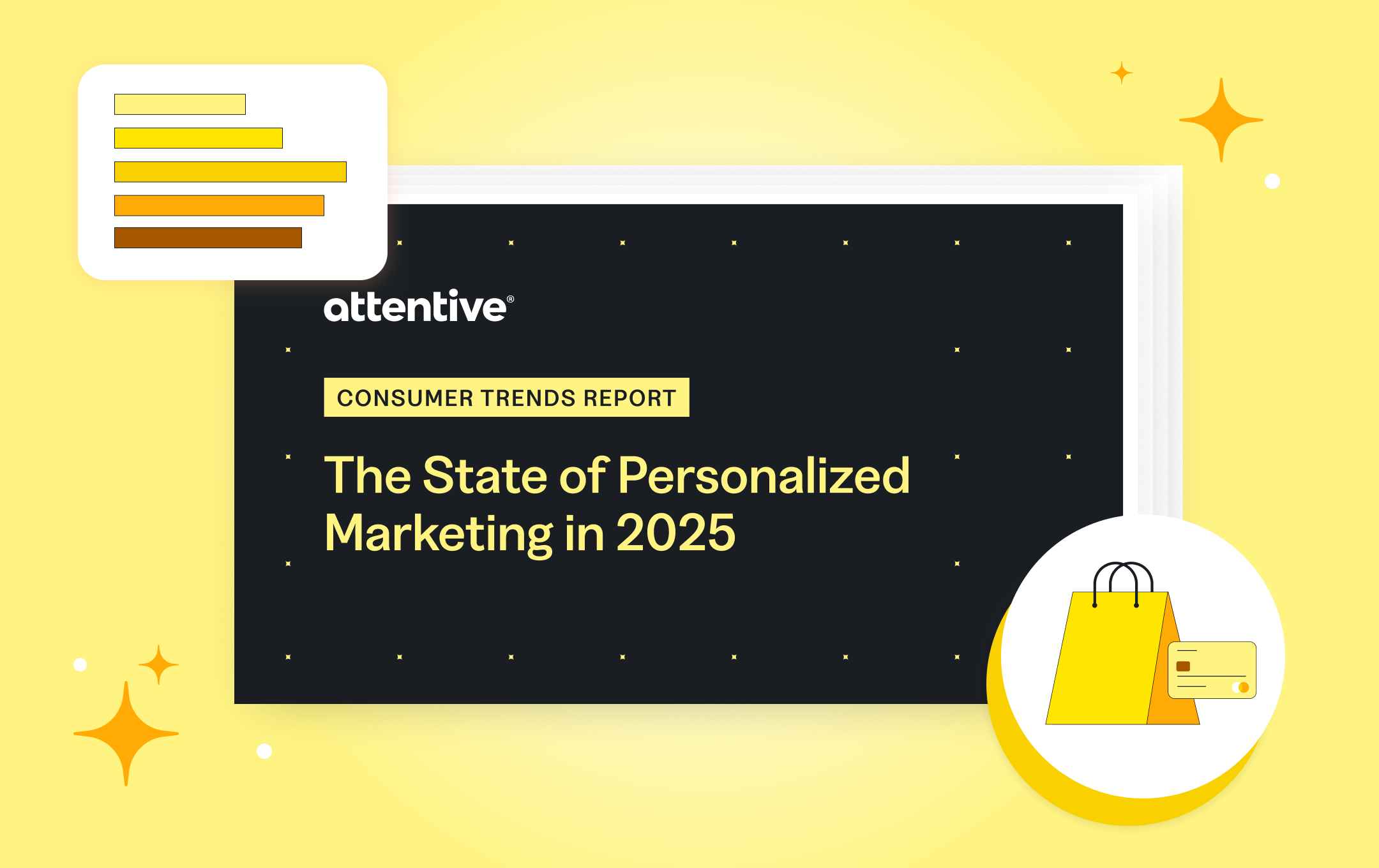
What really drives customers to click “buy now”? The answer depends on what they’re shopping for. A new face serum. A birthday gift. A couch to upgrade their living room. Or a pair of fun novelty socks they didn’t know they needed.
In a shifting economic climate, 62% of consumers are evaluating pricing and product value closely. So they’re more willing to shop around and wait for deals. This makes understanding why customers buy when they do all the more important.
Many marketers approach influence the same way across all campaigns, but our data suggests that might be a missed opportunity. Each purchase type taps into a different mindset—and a different mix of influences. So brands benefit by updating their approach depending on the context.
In our Consumer Trends Report: The State of Personalized Marketing in 2025, we surveyed 3,300 global consumers to understand what brands can do to improve the shopping experience.
Now, we’re releasing never-before-seen insights about purchase influences to understand what nudges shoppers toward conversion across four common shopping categories:
Each category is shaped by its own cues. Understanding these patterns will help you optimize your marketing mix. But these insights can also show you what to incorporate into your campaigns on each channel.
For example, 51% of consumers name email and SMS as a top purchase driver in at least one category. But this number undersells the true impact of these channels.
Email and SMS aren’t just standalone drivers, they’re the delivery mechanism for conversion-driving content. They amplify the effect of other purchase influences like referrals, expert recommendations, or online trends.
Whether you’re promoting investment items where expertise matters or sharing trending gift ideas ahead of BFCM, you’ll benefit from shifting your approach to what drives purchase decisions.
Let’s go deeper. Learn the nuances behind each purchase type so you can tailor your strategy to match your customers’ mindset and encourage more of them to check out.
When it comes to everyday purchases like kitchen staples, cleaning supplies, or personal care, shoppers want to grab what they need and go. But that doesn’t mean they’re on autopilot—especially as shoppers in search of value and deals try new brands in the face of economic uncertainty.
Brands have an opportunity to capture attention from shoppers who are researching new options and to deepen relationships with existing customers by tuning into the right purchase influences.

Referrals drive essential purchases more than any other category. When making low-stakes decisions on frequently purchased items, 63% of shoppers lean on recommendations from friends and family. These decisions often don’t require deep research, so a casual recommendation from someone they know can seal the deal.
Make it easy for customers to share about your brand with referral links and social share buttons. Use email and SMS to periodically remind them how they benefit from spreading the word about your brand.
39% of shoppers say loyalty programs influence essential purchases—the most of any category.
Your loyalty program can do more than drive retention—it can introduce shoppers to new favorites. Let them use points to unlock free products, access exclusive bundle deals, or try upsells that could become regular purchases.
Use SMS and email to introduce new offers or remind customers about their points when they’re likely to need a refill.
Sunscreen brand Supergoop! nails this approach by promoting exclusive samples to loyalty members via email and SMS.

Visibility at the right moment can intrigue consumers, too.
In-store displays and ads each influence 34% of shoppers to pick up an everyday essential.
Consumers often don’t actively seek out a replacement if they don’t see a reason to switch. So showing up on the shelf or in their feed can spark interest in trying something new.
The stakes are higher for big-ticket items like furniture, tech, or luxury goods. So shoppers are slower to commit and do more research to confirm they’re making the right choice.

Recommendations from friends and family still lead the way here for 58% of shoppers. For high-consideration items, people still turn to those they trust.
But this is where expertise starts to matter more. 43% of shoppers rely on expert reviews or opinions when making a major purchase—the highest of any purchase type. Whether it’s a top rating from a review site, an award from a major publication, or a commendation from a specialist in your industry, expert validation gives shoppers the confidence to invest in a product.
Look for opportunities to incorporate this praise into your email and SMS campaigns or behavioral flows—especially during consideration moments like browse or cart abandonment.
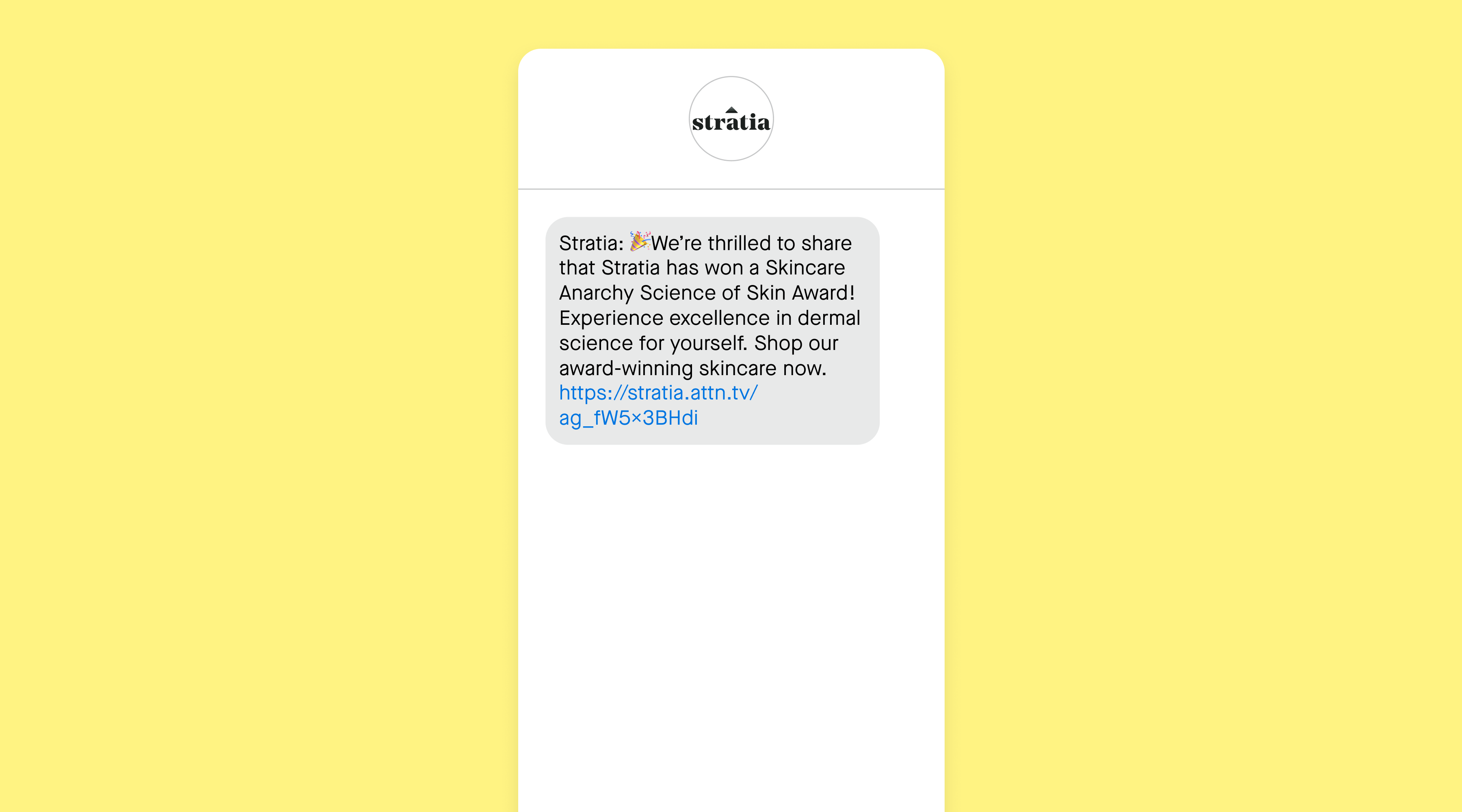
36% of shoppers say loyalty programs influence their major purchases. While these aren’t frequent buys, shoppers are still looking for added value. A strong loyalty program can tip the scales by offering perks like extended warranties, exclusive content, personalized support, or early access to future launches.
If you have a wider product catalog, you can give shoppers a reason to come back by offering discounts on accessories, add-ons, or future upgrades through your loyalty program.
When shoppers are buying for someone else, they want to make sure they’re making a good impression. So gift-giving is driven by social cues and in-the-moment inspiration.
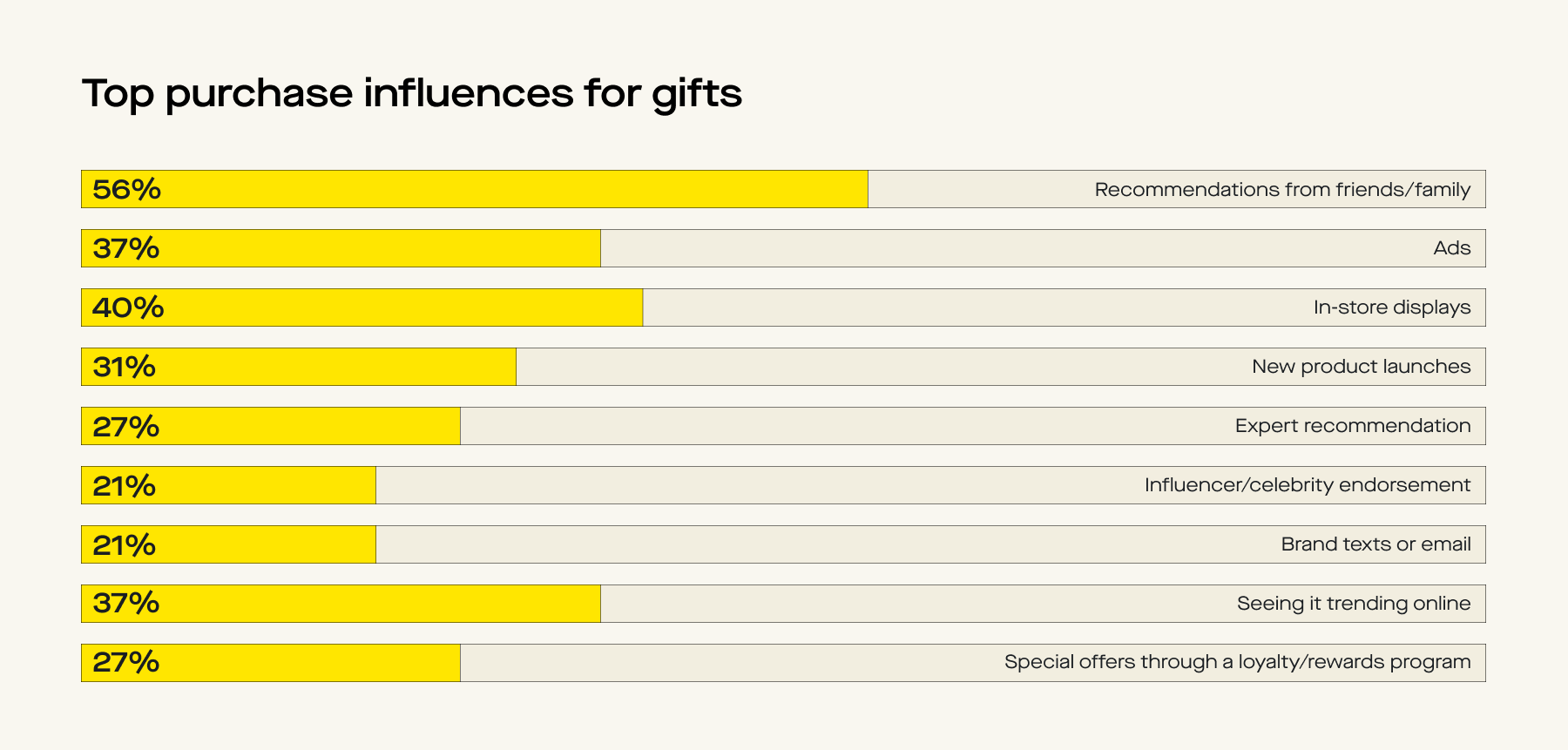
56% of shoppers get help from friends and family when deciding on gifts. Remind subscribers about your referral program near key gift-giving moments throughout the year to tap into this influence.
Inspiration is another major driver in this category. Gift-givers are often undecided when they start browsing, so the right product placement can heavily influence what they choose.
That’s why visibility-based channels have an outsized impact:
These aren’t research-heavy purchases. They’re fast decisions shaped by what’s in front of them. A trending product, timely ad, or standout display can help shoppers figure out what to buy.
Use email and SMS to help shoppers find the right gift. Surface curated gift guides, trending products, and customer favorites to share ideas when they’re looking for inspiration.
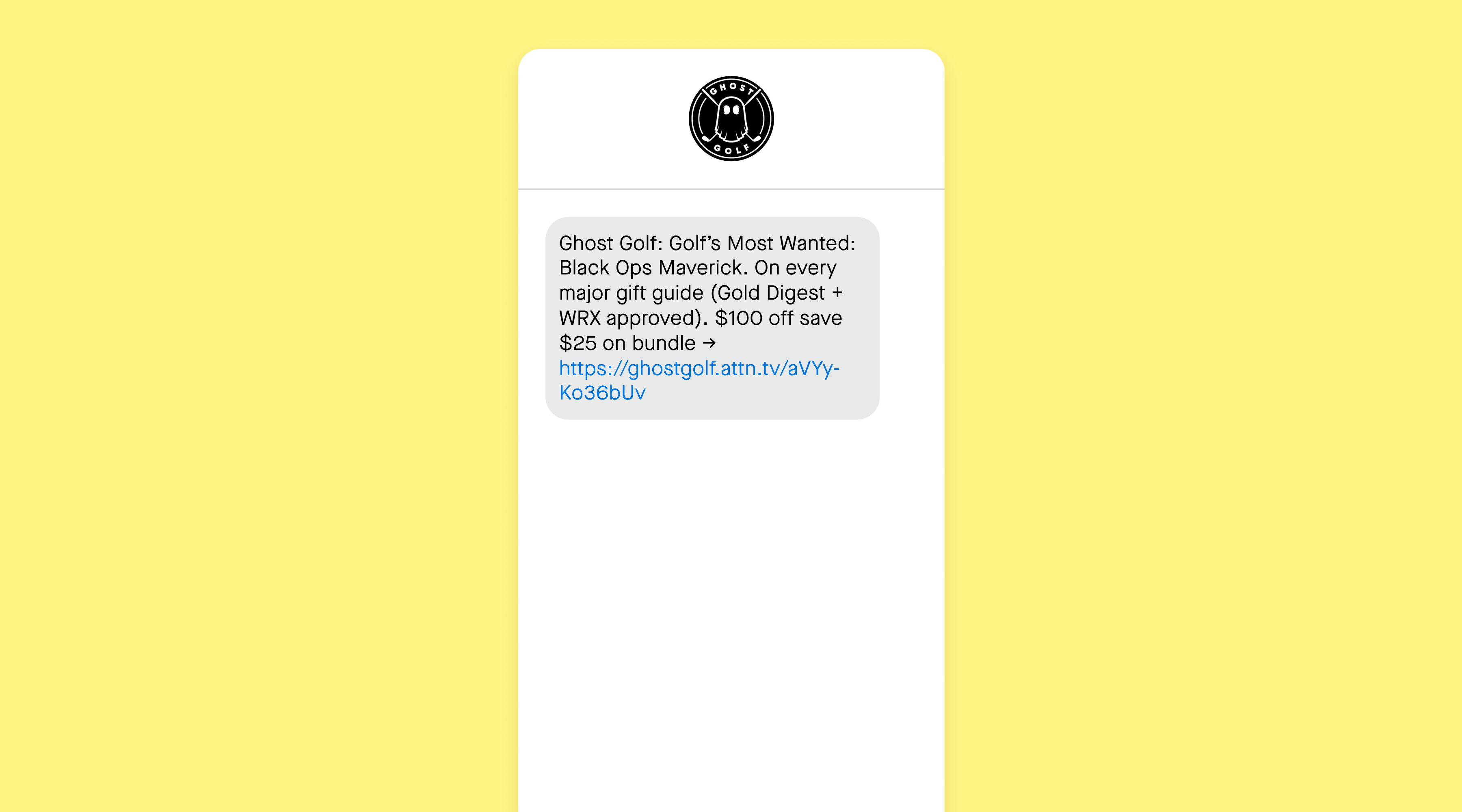
Purchase influences vary by generation. Learn how to adjust your approach to your audience.
Impulse purchases are driven by exposure, excitement, and ease. They’re often products that feel fun, timely, or too good to pass up. They typically have a low price point, which lowers the perceived risk.
So the best way to influence shoppers is to show up at just the right moment.
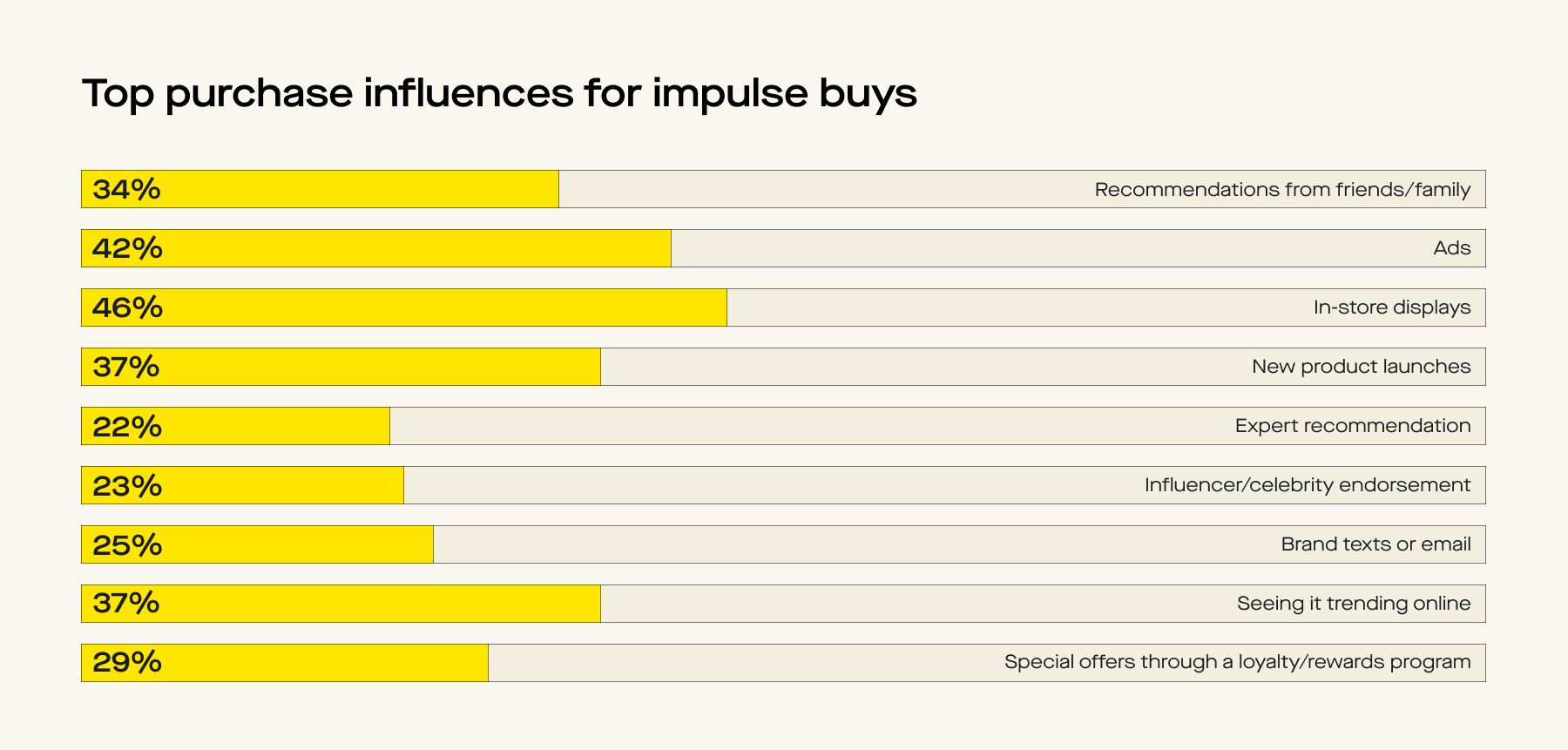
As with gifts, visibility-based channels are especially effective:
Newness is also a powerful trigger. 37% of consumers say product launches influence their impulse purchases. Launching something fresh, even if it’s a variation on an existing SKU like a new flavor or style, can give shoppers a reason to buy now.

While impulse buys may be low-priced, they’re valuable for customer acquisition and boosting order values at checkout.
Use SMS and email to surface what’s trending or what’s running low due to popularity. Repurpose UGC or influencer content in your campaigns to show the hype.
Every purchase follows its own logic. What influences someone to buy a daily essential isn’t the same as what drives a major splurge, a thoughtful gift, or a spontaneous buy.
Since email and SMS can amplify other purchase influences, you have the power to deliver the right influence through these channels.
The key is knowing what moment you’re speaking to when creating your campaigns.
This could depend on your product, the season, or a customer’s behavior.
For example, say you sell skincare. It’s a daily essential for many, so you might lean heavily into your referrals and rewards programs as a baseline, promoting these programs in emails and texts.
But when positioning skincare as a self-care package for a holiday like Mother’s Day, you can use email and text to highlight trending popularity among moms on social media.
Or, say you’ve noticed a customer browsing high-ticket items on your website without purchasing. Add expert reviews to your abandonment flows to build the confidence they need to commit.
When you tailor your strategy to the mindset behind each purchase, you open up opportunities to encourage customers to purchase. It’s a smarter way to meet shoppers where they are and make every message feel more relevant.
There’s more where this came from. In the Consumer Trends Report: The State of Personalized Marketing in 2025, shoppers said they’re tuning out brands that send irrelevant messages. But 96% are likely to purchase from at least one type of personalized message. Download the report to discover how to drive purchases in 2025.

In January 2025, we partnered with CITE Research to survey 3,300 consumers (2,000 US respondents, 1,000 in the United Kingdom, and 300 in Australia) about their shopping habits and brand interactions.
Survey participants met the following criteria: